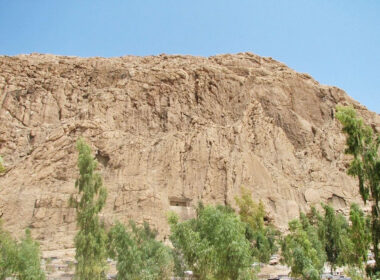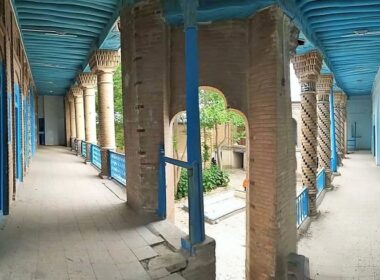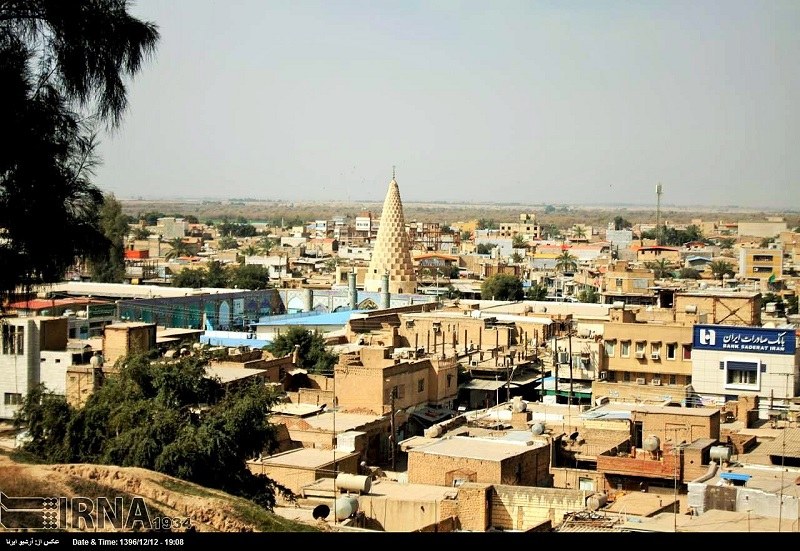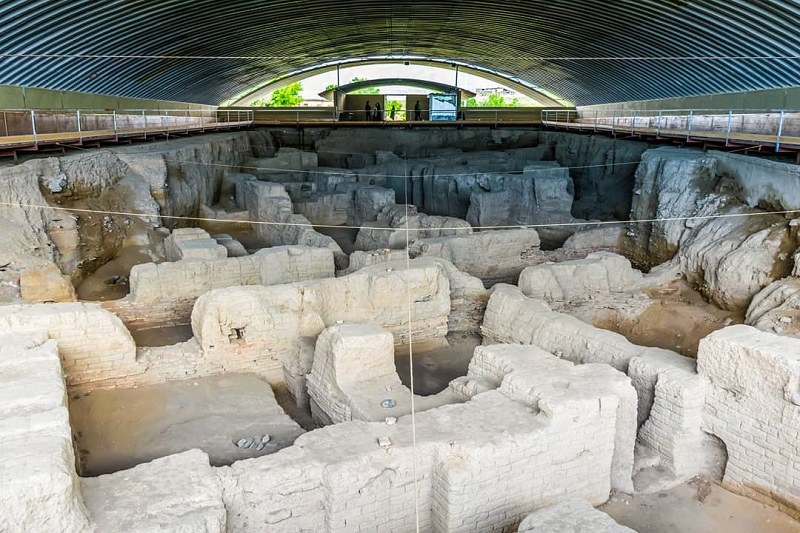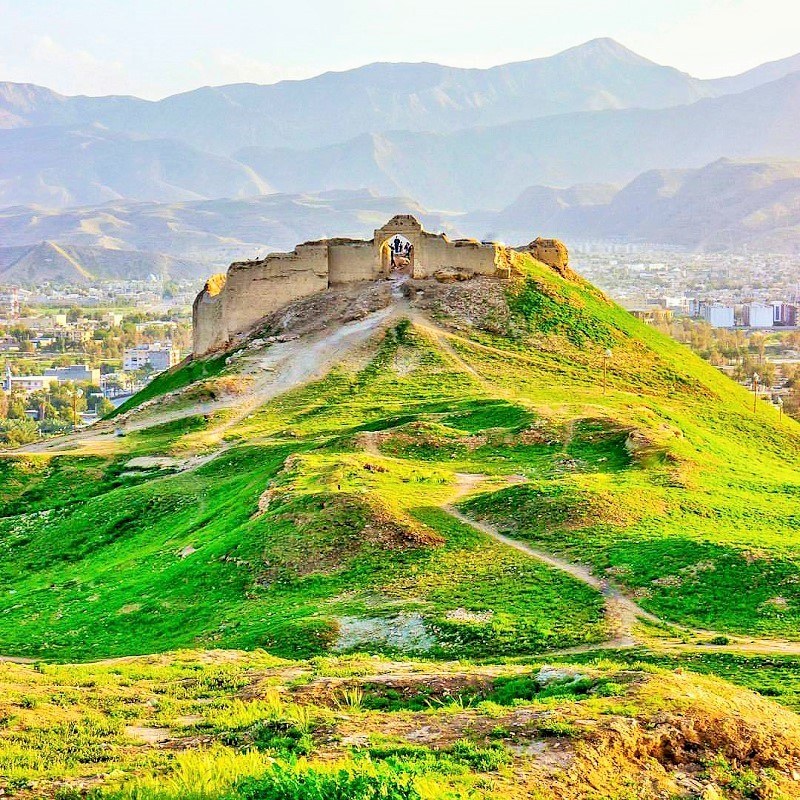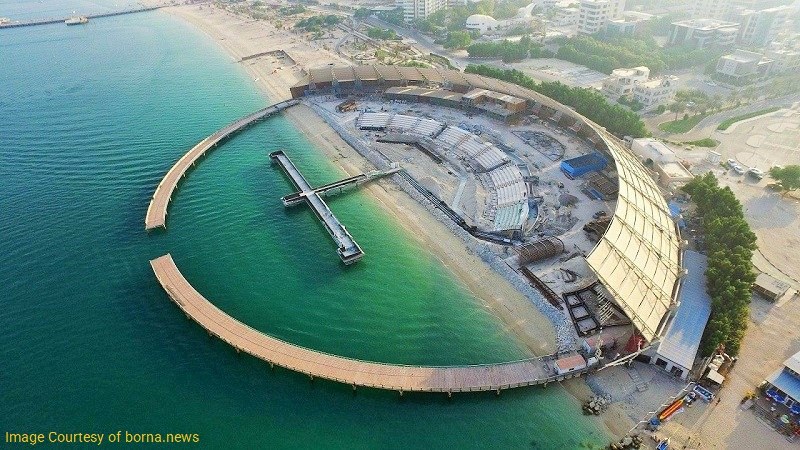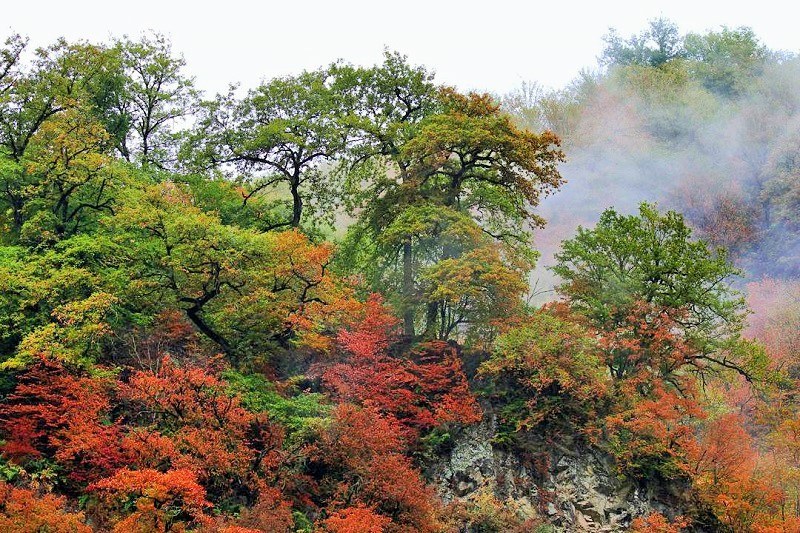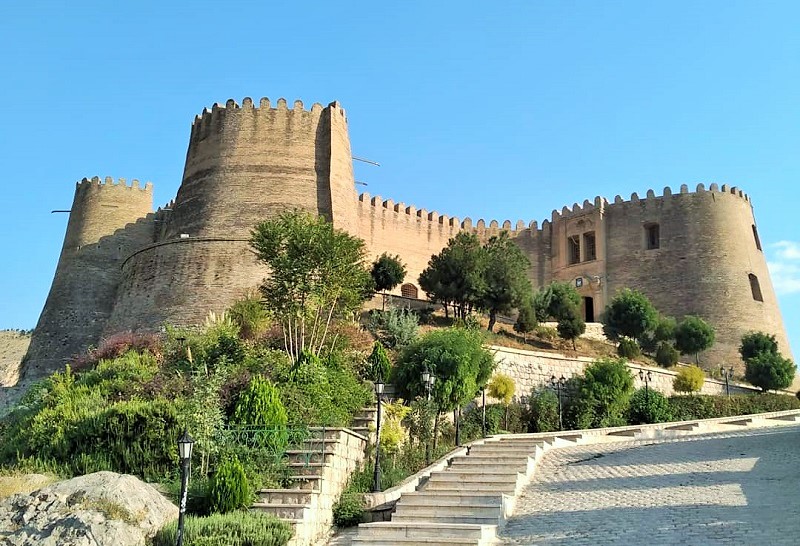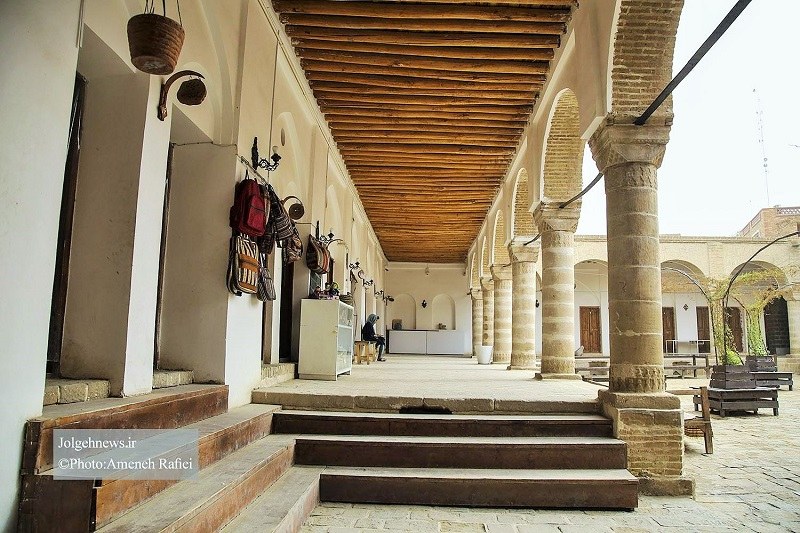
Shushtar is an origin of civilization in Iran. UNESCO has inscribed some sites of this city as World Heritage Sites like waterfalls and watermills. The traditional bazaar of Shushtar has not only a beautiful local architecture but also many good souvenirs for visitors to buy such as local cookies, Halva-ye Zardak, and torshi (pickled vegetables).
The nature around this city is amazing and worth visiting too. Therefore, we recommend Shushtar tourist attractions to any world traveler who plans to visit a city outside the tourists’ general route.
Geography of Shushtar
The city is located at the foothills of the Zagros Mountains in Khuzestan Province. Shushtar is one of the oldest and most ancient cities of Iran. The local people speak the Shushtari dialect.
With a total area of 2,246 square kilometers, this city is located in northern Khuzestan Province of Iran. The average height of Shushtar is 150 meters above sea level and the height of its central point is 65 meters above sea level.
Shushtar has a Mediterranean winter and autumn, and its lush greenery environment is very pleasant from the end of the winter to the spring. As it is situated in a plain-mountain setting, it is suitable for traveling throughout the year, especially in the early days of the spring. The hottest and coldest months of the year are July and December respectively. The average annual temperature is 27ᵒ C. The average annual precipitation is 322 mm there.
Shushtar is 85 km north of Ahvaz, 831 km from Tehran and 222 km from the Persian Gulf. The route of land travel from Tehran to this city passes through Qom, Arak, Borujerd, Khoramabad and Andimeshk cities. Then, you can reach from Andimeshk-Dezful highway to Shushtar.
If you want to travel to this city by plane, remember that it has no airport. Therefore, you can fly to Ahvaz or Dezful airport. It takes about one hour and 10 minutes by plane from Tehran to Ahvaz. Ahvaz airport is 90km away from Shushtar. It takes 1 hour and 5 minutes by plane from Tehran to Dezful. The distance from Dezful to Shushtar is 60 kilometers. There, you can take a taxi leaving for Shushtar or go to the bus terminal and take the bus to reach there.
You can also take the train from Tehran to Shushtar. It takes 16 hours from Tehran to this city.
Population & Economy of Shushtar
According to the 2016 Iranian census, the population of Shushtar was 139,000 people.
As Shushtar has been the center of government for many years, there one can find a comprehensive collection of governmental, military, religious, commercial and industrial occupations. The city’s economy largely depends on the sugar industry.
Karoun Sugar Cultivation and Industry Co., with more than 12,000 employees, is the largest sugar factory in Iran and the Middle East, located in the northwest of Shushtar.
History of Shushtar
According to Ibn Al-Muqanna mythical stories, the first cities built after the Noah storm were Shush and Shushtar. Some historians believed that Hushang Pishdadi, the second mythical king of Iran who ruled the world according to Shahnameh, founded the city of Shushtar.
Based on historical texts and facts, as there are Salasel Castle and Dara Creek (Dariush Creek) in this city, one can infer that this city was populous during the Achaemenid period. Archeologists have discovered some objects and potteries in Shushtar remained from the Parthians era. However, this city was one of the most important cities in Iran during the Sassanid period and has attracted the attention of the government. The relics from the pre-Islam era of Iran in this city are some of the best historical attractions of Shushtar today.
Following the Arabs’ conquest of Iran in the mid-7th century, Muslims succeeded to conquer the city after a long siege.
In the Safavid period, the government nominated Vakheshtokhan as the ruler of Shushtar. During the reign of the Afsharids’ founder, Nader Shah, there was an insurgency against the central government in Shushtar. After he launched a military campaign against the rebels and took control of the city again, he ordered the reconstruction of Mizan Dam.
The major event of the Qajar era was the pandemic plague in Khuzestan and Shushtar in 1832 that killed half or more than half of its population.
Another important event was the discovery of petroleum near Shushtar at an area called Naftoon in 1901. Before that, there were natural springs of bitumen in that area.
At the beginning of the Pahlavi era, when Reza Shah constructed the railway to this city despite the opposition of the Muslim leaders, the shipping of goods in northern Karoun decreased and Shushtar lost its importance as a port city. Therefore, following the economic downturn there, the port of Nasseri (current Ahvaz) became the center of Khuzestan State.
In 1971, under the command of Mohammad Reza Shah Pahlavi, Karoun Cultivation & Industry Co. started its work as the largest sugar factory in the Middle East.
Historical Attractions inside the City
Here’s a list of interesting places inside Shushtar:
Saray-e Afzal (Afzal House)
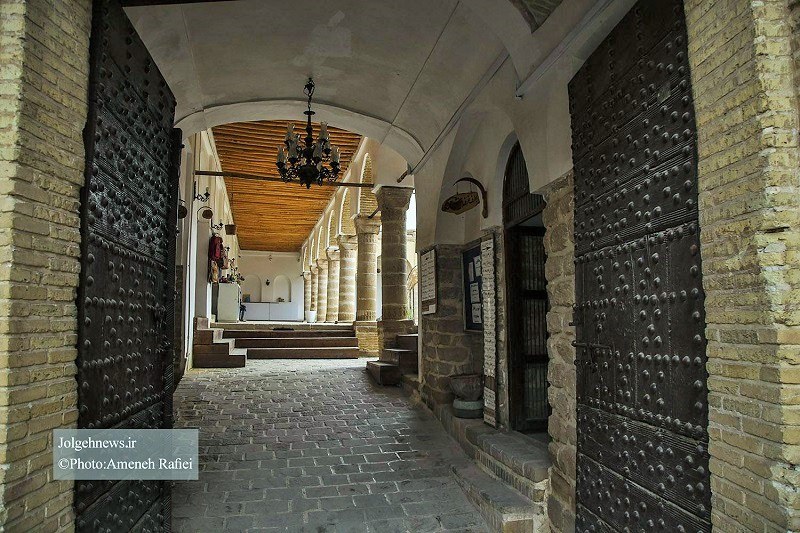
The monument called Saray-e Afzal was in fact a caravansary belonging to the Qajar era. It is one of the well-preserved historical attractions in Shushtar. This historical site with its traditional and beautiful architecture is 1,000 square meters.
Shushtar Traditional Bazaar
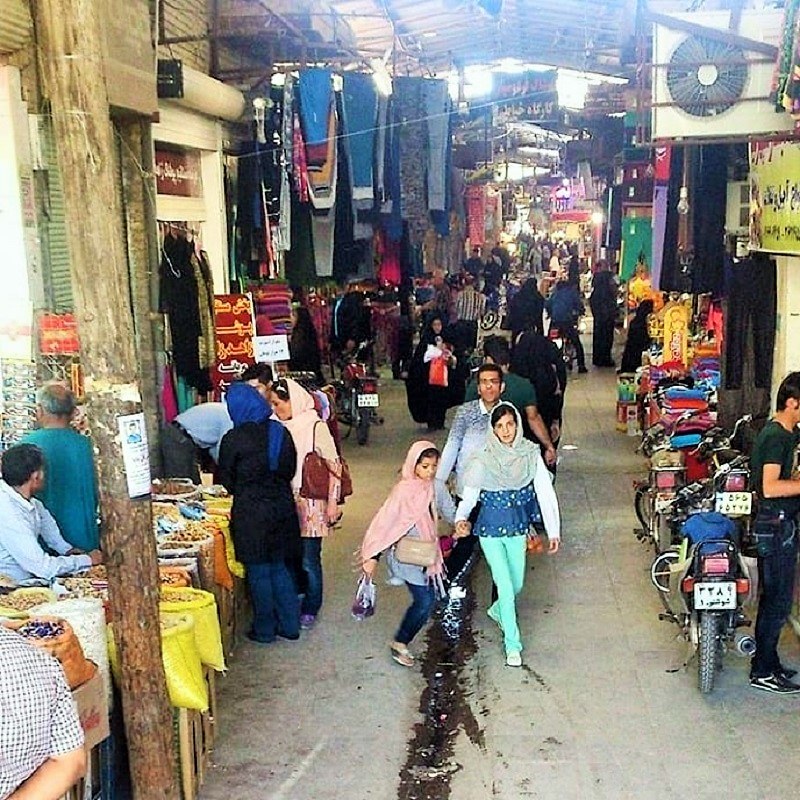
The traditional bazaar of Shushtar is a covered bazaar that remained from the Qajar era. The main part of the bazaar is roofed and cross-shaped. There are also grocery, pickles, yogurt, qarehqurut (a sour milk product), cookies and local bread stores on this bazaar.
Tabib-e Shushtar Historical House
The traditional house of Tabib-e Shushtar is a hotel now. It belongs to the Qajar period refurbished completely in 2016. There are accommodations provided for tourists. This house has 9 rooms surrounding the courtyard. It is located in the center of the historical section of the city, near Sepah (Sangfarsh) Street.
Afzal-e Shushtar Traditional Residence
Afzal mansion is a traditional residence built around 200 years ago during the Qajar era. The architects renovated it in 2014. It is currently a traditional residence ready to welcome tourists.
Shushtar Waterfalls (Sikaha)
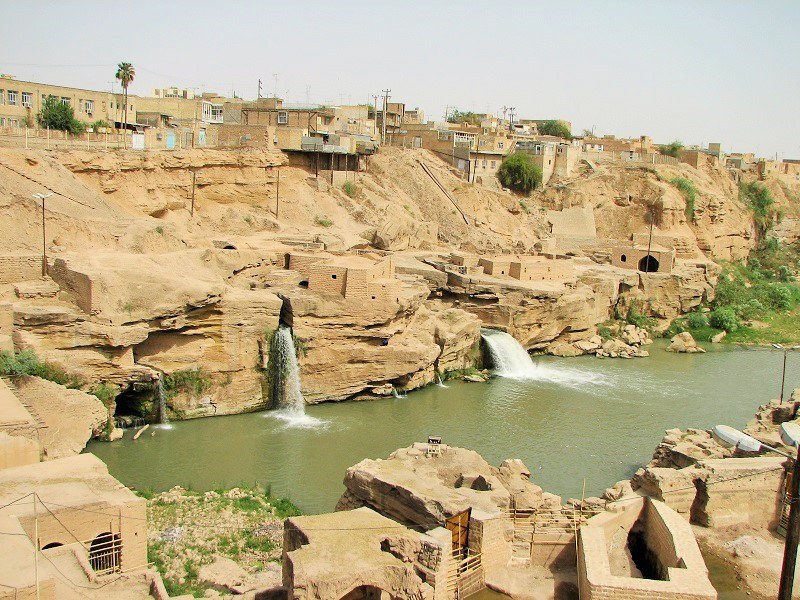
The construction of Shushtar waterfalls (Sikaha) began during the Achaemenid period and ended in the Sassanid era. These waterfalls are also known as the historical hydraulic system of Shushtar. They are located inside the city and near Panzdah-e Khordad Square. Iranians built these waterfalls for using the power of water as an incentive for industrial mills.
In this large complex, there are mills, waterfalls, canals, massive water tunnels, and waterfalls for the relaxation of visitors. UNESCO has inscribed Shushtar waterfalls in its World Heritage Sites’ list.
Aminzadeh House
The historical house of Aminzadeh House was built during the Qajar era. The house is one of the most prominent buildings in the old part of Shushtar. This historical house is located in Nemat Khaneh, Kureh neighborhood of Shushtar.
Salasal Castle
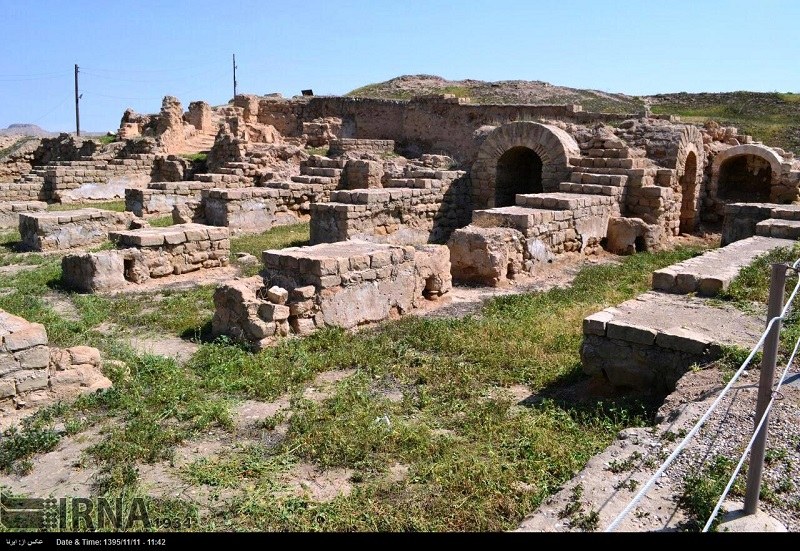
This fortress is said to have been constructed during the Achaemenids although its remaining structures are from the Sassanids’ era. It used to have several courtyards, garrisons, stables, Bathhouses, towers and gardens among other sections. Today you can see only some underground rooms and Daryoun water channel.
Daryun Water Channel
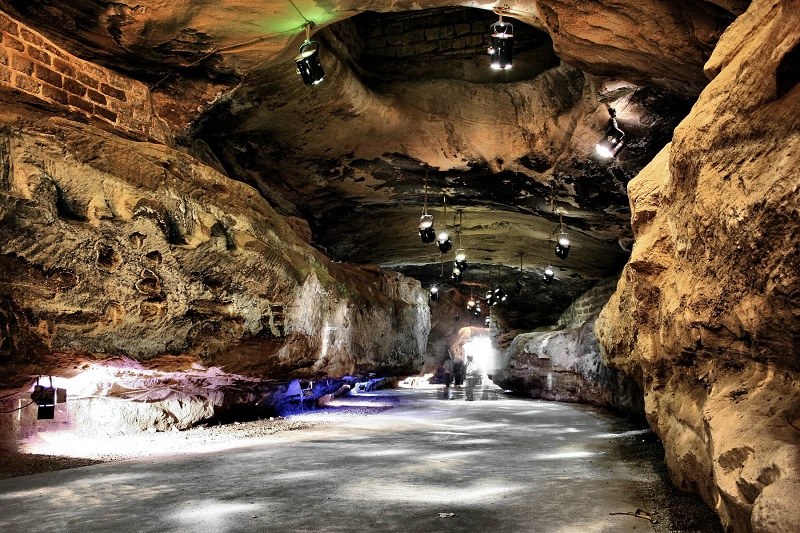
Darius the Great built it during the Achaemenid era. It branches from Shatit River under Salasel Castle. The reason for digging this waterway has been the irrigation of Shushtar’s plain called Mianab. Particular people called Mirabs, the persons who controlled the distribution of the water, controlled it from the castle. It is now one of the interesting tourist attractions of Shushtar.
Chahar Taaqi
he phrase literally means “four-arch building”. It is a domed chamber resting on four bases, with four arched entrances in the middle of each side. In the “Mills and Waterfalls Complex”, a chahar taaqi is located as the chapel and the resort for millers.
Mostofi House
The Mustafa Complex is one of the most complete complexes of the old part of Shushtar. The complex includes a bridge, a house, a mosque, and a bath. Mostofi house has some special features and new decorative bricks.
Tomb of Bara ibn Malek
The burial place of Bara ibn Malek is located in the north of the city and opposite the ruins of Salasel Castle. The building is the oldest Islamic tomb in Shushtar and maybe in Iran. According to narrations, Bara ibn Malek was a companion of the Prophet of Islam killed during the conquest of the city.
Friday Mosque of Shushtar
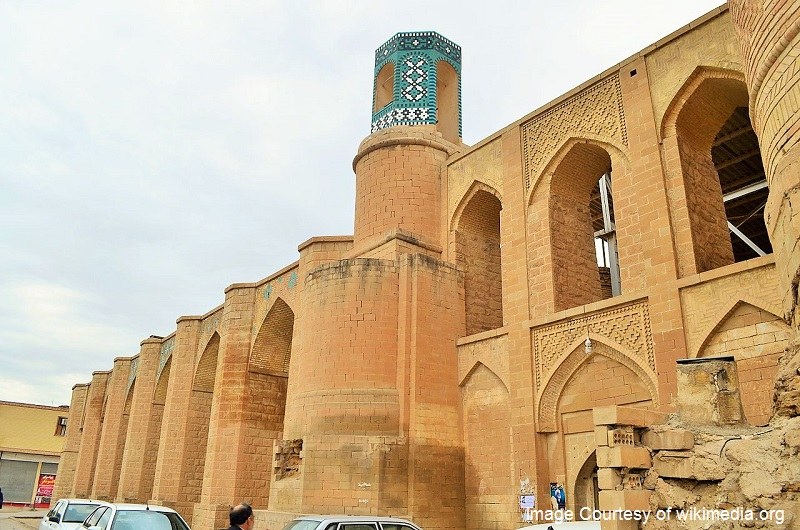
The Friday Mosque of this city, one of the most prominent mosques in Iran, dates back to the early post-Islam era.
Historical Attractions outside the City
Here’s a list of interesting places to visit outside Shushtar:
Imamzadeh Abdullah of Shushtar
This shrine is located on top of a hill in the southern part of the city. The landscape is very beautiful there. The main building of Imamzadeh Abdullah of Shushtar dates back to the Seljuk era.
Lashkar Bridge
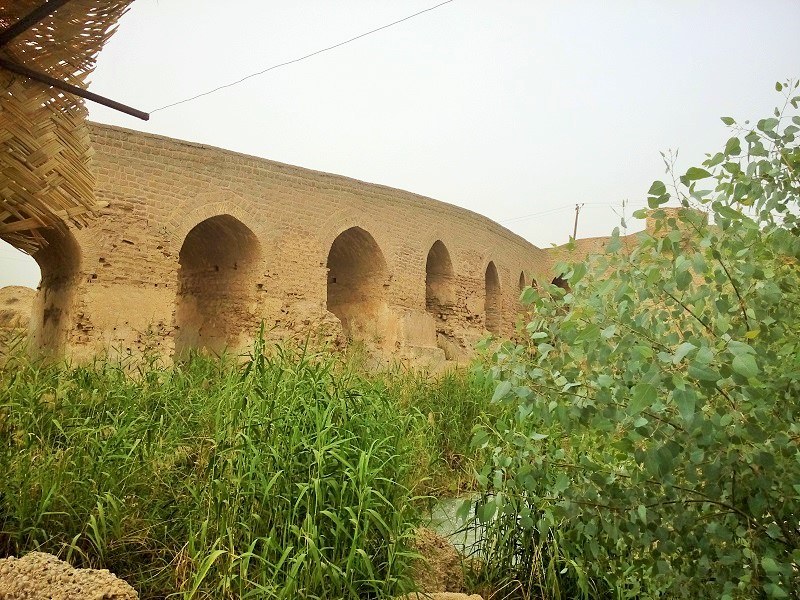
The historical structure of Lashkar Bridge is located outside the Lashkar Gate of Shushtar and is located next to the tomb of Imamzadeh Abdullah. The bridge played a vital role in the relationship between Shushtar and its southern villages. It is inscribed in the Iranian National Heritage List.
Shah Ali Bridge
The ancient structure of Shah Ali Bridge or Shah Ali Dam is located on the northwest of Shushtar and west of Imam Zadeh Abdullah. Shah Ali Bridge is a building of Sassanid era built on Daryun Creek. The Iranian National Heritage Organization has inscribed this bridge on the list of National Heritage Sites.
Gargar Bridge
The historical structure of Gargar Bridge is located above a set of mills and waterfalls that block the Gargar river route. Due to the difference generated in the water level, the bridge leads the river to the triple tunnels. The Iranian National Heritage Organization has also inscribed this bridge on its list.
Shadorvan Bridge
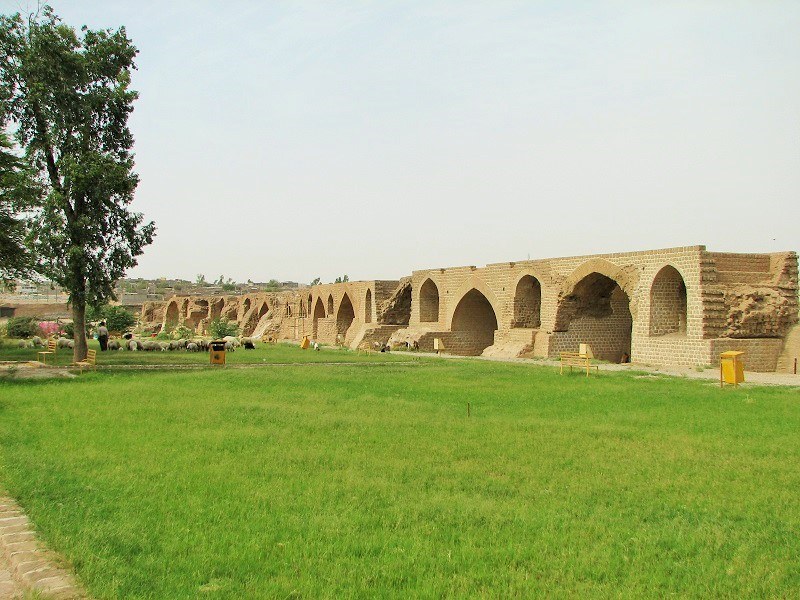
Another ancient structure of this city is Shadravan Bridge. It is built on the Shatit branch of Karoun River and is considered one of the most basic parts of water facilities of Shushtar. The Iranian National Heritage Organization has inscribed it on its National Heritage List.
Natural Attractions of Shushtar
Here’s a list of the natural wonders around Shushtar:
Karaei Protected Area
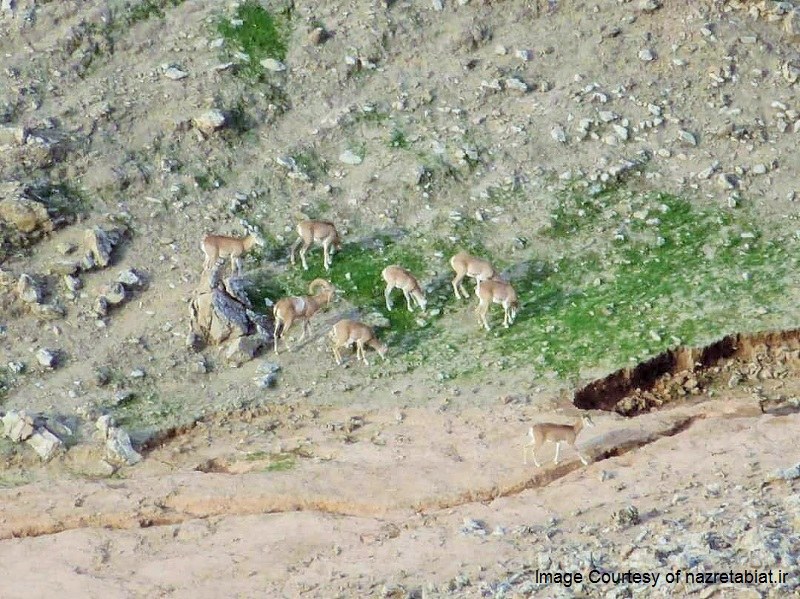
The Protected Area of Karaei is located 25 km southeast of Shushtar City and 35 km south of Masjed Soleyman County with an area of 39,353 hectares. Among the ancient artifacts of the area are the ruins of Gareh Castle, located 5 km east of the village of Karaei-e Olia.
There are a total of 60 springs, reservoirs and water storage dams in the protected area.
Kuh-e Zar Village
The beautiful village known as the Kuh-e Zar Village is located in Khuzestan Province, 15 km east of Shushtar County. It is adjacent to Dasht-e Bozorg Village from the north to Mahoor from the south, to Sheivandi historical area from the east, and to Tang-e Aqili and Karoun River from the west.




